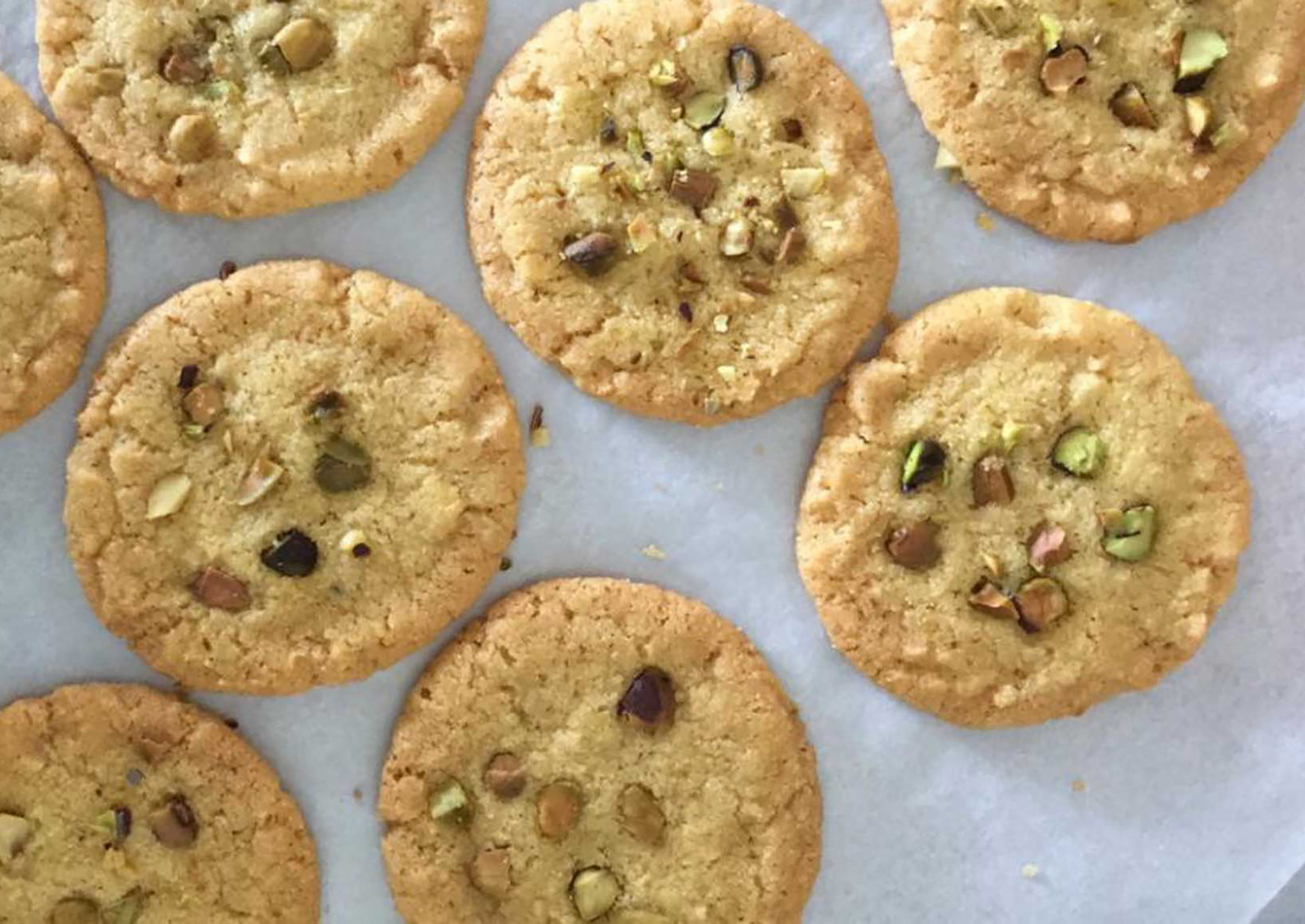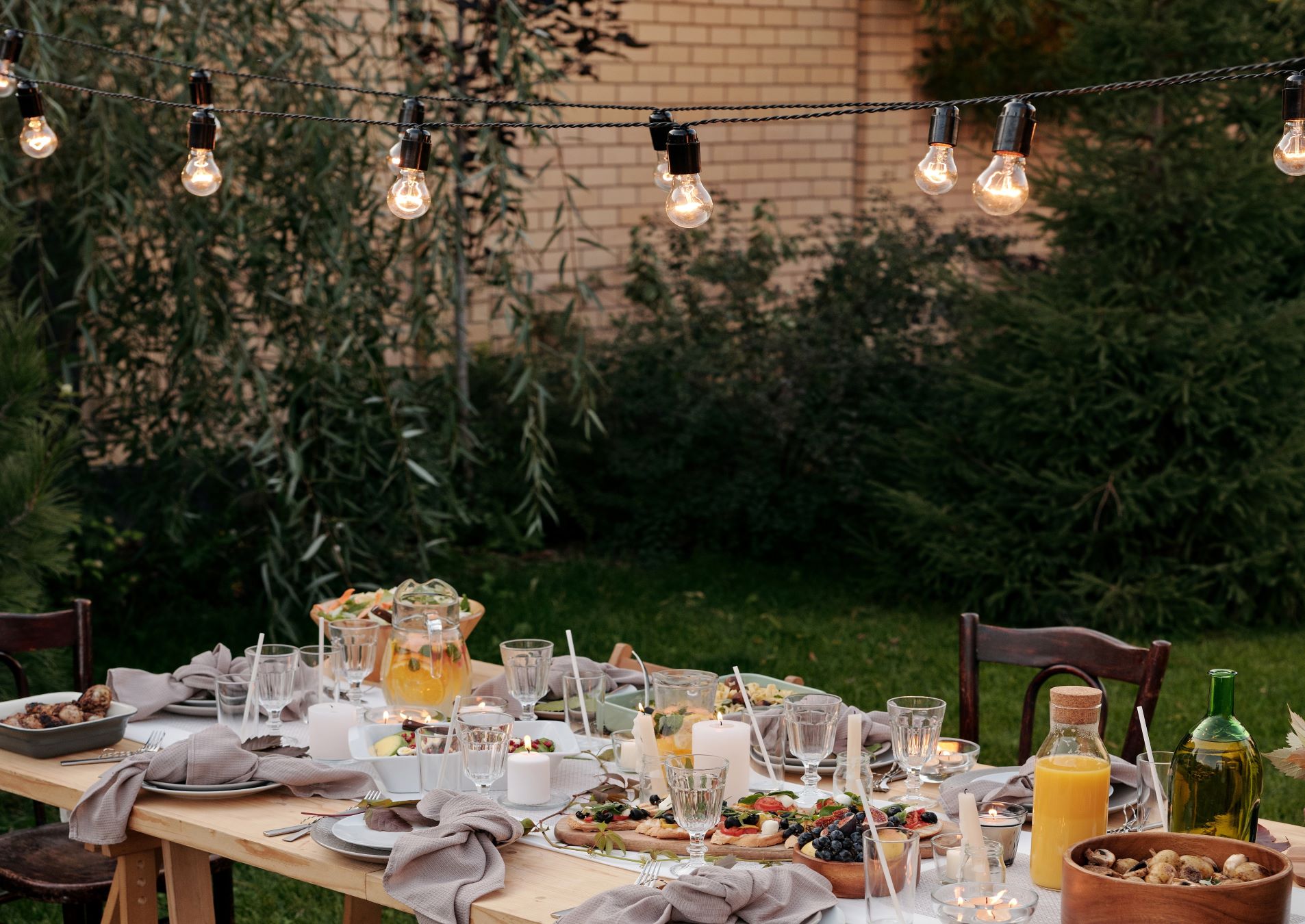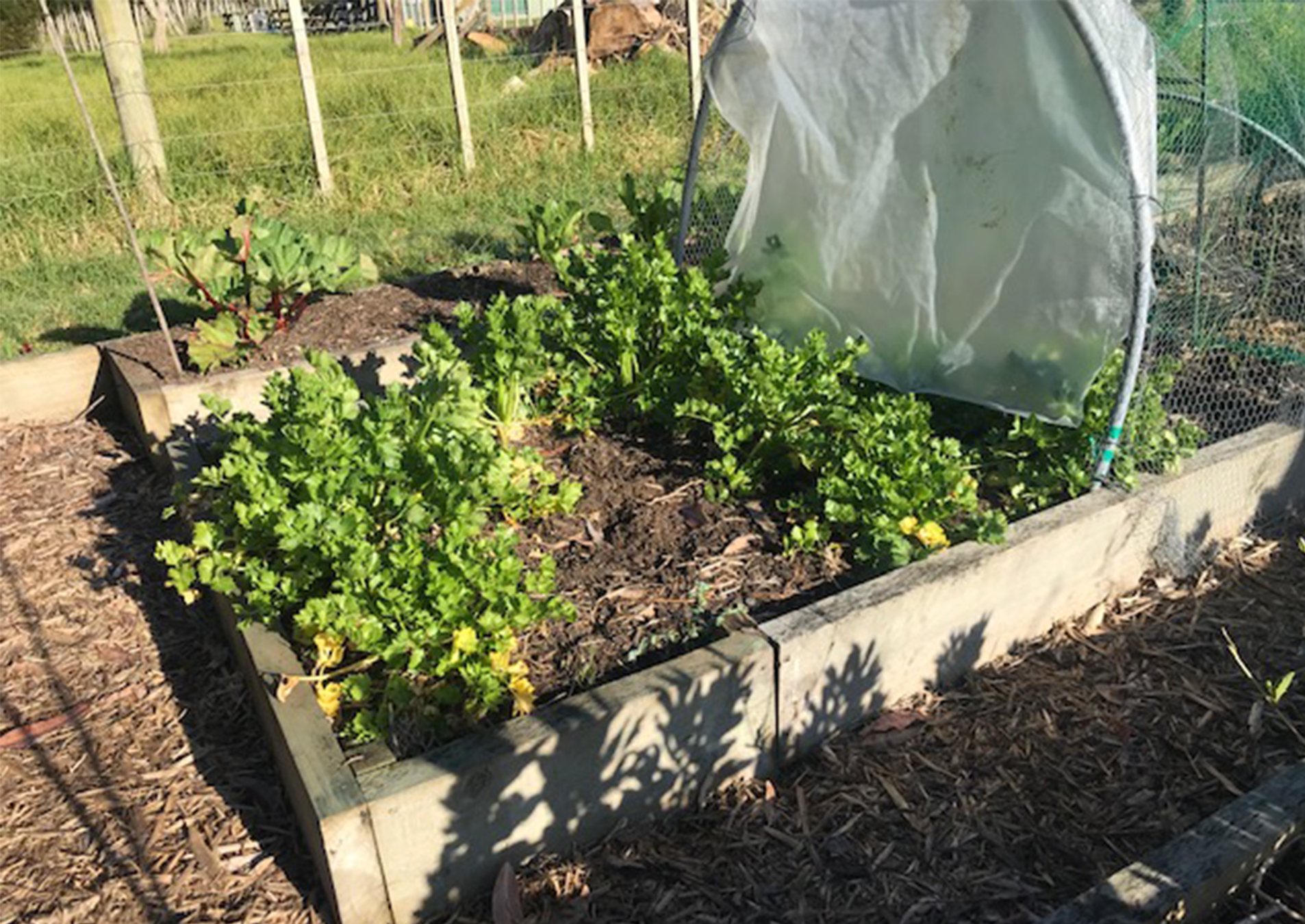
https://westgold.com/
Article content
"When used wisely honey adds an extra element, another layer of complexity."
One of my neighbours is a beekeeper. He looks after the two hives beside my vegetable garden. Recently I learned that he may be moving away soon. It got me worried – the responsibility of learning how to keep these all-important creatures alive and healthy and therefore my garden alive and healthy…and it got me thinking about how I have used honey throughout my career and how important these creatures who make it are – Afterall if the honeybees die, so do we!!!
Humans evolved with honey. We have a natural affinity to sweetness, a survival instinct, as sweetness means calories which mean energy. As our distant ancestors spread out across the world they were in part fuelled by the wild honey they collected along the way as well as making use of its antibacterial properties to aid healing. The Egyptians are known as the first beekeepers, revering it as a medicine and healing balm, baking it in cakes as to offerings to the gods and using it as a preservative in the mummification process – honey does not ‘go off’ – we don’t actually know how long it lasts as we haven’t actually lived long enough to find out – the honey found in jars in an Egyptian tomb is a bit crystalised but otherwise fine! The Romans used it to dress the wounds of their soldiers before bandages were invented and it was the first energy ‘drink’, fed to soldiers before they went into battle. It also became the base ingredient of human’s first alcoholic beverage – honey mead. It was so important that by the middle ages it was used as a form of currency and tax in many parts of the world, as well as in furniture varnish!
Currency and furniture polish aside, I am more interested in honey’s use in the first baked cakes where honey was mixed with flour allowing natural fermentation and rise to occur. Forms of honey cake were the first sweet baked goods to be developed. Unfortunately for honey, people eventually figured out how to refine sugar from sugar cane and then how to manipulate it to create a much more diverse range of products than they could with honey. Still as things do eventually swing in circles honey has in recent times started to regain some of the ground lost to sugar, being regarded as a more desirable unrefined, healthful sweetener in a world starting to object to its highly refined sugar-coated environment.
It is personal I know, but as a chef, aside from respecting some of the tricky things you can do with sugar such as blowing and sculpting it like glass, as a sweetener and ‘flavour’ enhancer, I have always thought of sugar as somewhat one dimensional, it literally just does add sweetness. I prefer honey. I use it in the same way as sugar in sauces, marinades, brines as well as a stand-alone flavour component. There are after all oh so many flavours to choose from when using honey – depending on what the bees have been collecting. Recently on a Westgold recipe shoot we made a honey and vanilla Bavarois to showcase Westgold’s milk and cream. We used some honey from my hives. As mentioned above my hives are next to the vegetable garden and orchard with the idea that the bees will do their thing to help us produce as bountiful a crop of fruit and vege as we can. But we also have meadows with wildflowers, flowering trees and gardens and a field of lavender. This means the flavour of our honey changes across the course of the year depending on what the bees are pollinating. The honey that flavoured the Bavarois was of a floral pastural nature, beautifully golden in hue and delicate enough to balance perfectly with the vanilla and cream.
I guess that is one reason why sugar is often used as an ‘easier’ option. You can ruin a dish by using a honey that is too strongly flavoured or of the wrong flavour nuances, competing or clashing with rather than complementing the other flavour components. But to me, when used wisely honey adds an extra element, another layer of complexity, often a ‘je ne sais quoi’ to something that might otherwise be too familiar or just plain ordinary. To a chef there is also something special about using honey, the sustainability and provenance factors - especially when you can have the workers on site. It became newsworthy a couple of years ago when an inner-city restaurant in Auckland, New Zealand put beehives on the roof of their restaurant. People queued up to partake of their yeasted crumpets served with whipped butter and house honey.
We had come across this several years earlier in San Francisco where one of the draw cards of Camino Restaurant, aside from the communal tables made from slabs of Californian Redwood and the open fires used to cook the food, were the hives on the roof and the honey that featured in the descriptions of dishes on the menu. Maybe it is our evolution alongside honey, but there is something alluring about food and dishes where honey is mentioned. On the same trip I was also fortunate enough to eat at The French Laundry in Yountville, California. The chef allowed me to visit his vegetable garden across the road from the restaurant, where there were not only hives but chickens and goats as well. Goats cheese and honey. That is possibly another evolutionary combination, the world’s first sweetener being the perfect accompaniment to cheese from the world’s most common herded animal. One of the ‘untouchable’ dishes at my favourite wine bar, now in their seventh year of operation and many culinary awards later, is their goat’s cheese croquette, with the honey hidden inside – no sticky fingers!
While honey is coming back into vogue amongst chefs it has also in recent years come back into vogue on a large scale from the health perspective. Manuka honey. Bees will make honey from the pollen of the New Zealand native Manuka tree, but only if there is nothing else around for them to get pollen from as Manuka flowers are tricky things for them to get in and out of. The ‘purity’ therefore of the Manuka honey is such a big deal as to literally make it liquid gold. It contains so many anti-viral, anti-inflammatory, antioxidant properties and mysterious ‘special compounds’ that people all over the world are paying huge amounts of money to ingest it, bathe in it and slather it over their bodies for everything from healing wounds and sore throats, improving dodgy digestive systems, cystic fibrosis symptoms, acne or whatever else ails them! Me, I still prefer to cook with it. It is one of those honeys that can have a very intense flavour, so best used wisely and with discretion in culinary applications.
Perhaps because of the worldwide honey ‘explosion’ artisan honey makers have also been on the increase in recent.
Following is the recipe for the honey snap garnish I used in a dinner last year celebrating artisan products:
120g caster sugar
70g Westgold butter
60g honey (does not have to be Manuka, but chose one with good flavour)
60g flour
Lightly cream butter and sugar. Warm honey and fold into the creamed mix along with the flour. Chill mixture. Form into small balls, slightly flatten, well-spaced out on a silicon paper lined tray and bake at 190°C about 10 minutes. Either shape while still warm and soft or allow to cool and break into shards or leave whole as desired.
And now I better get back to figuring out how to look after bees!
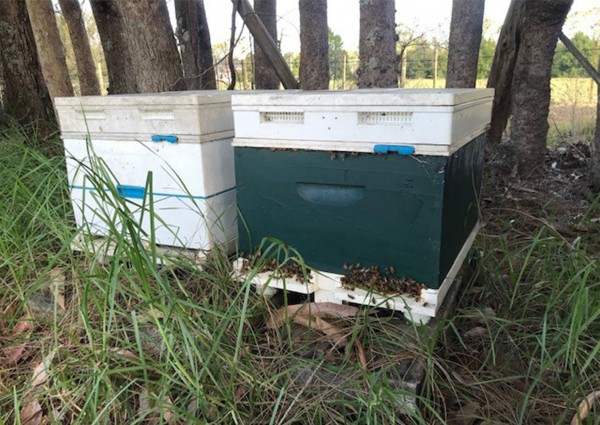
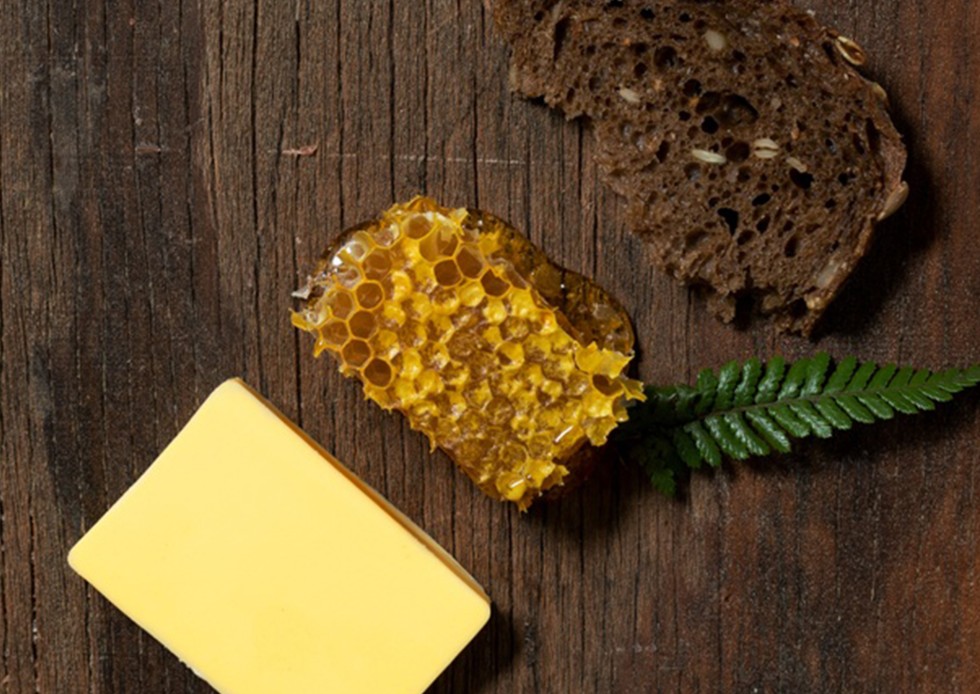

 Previous blog
Previous blog 